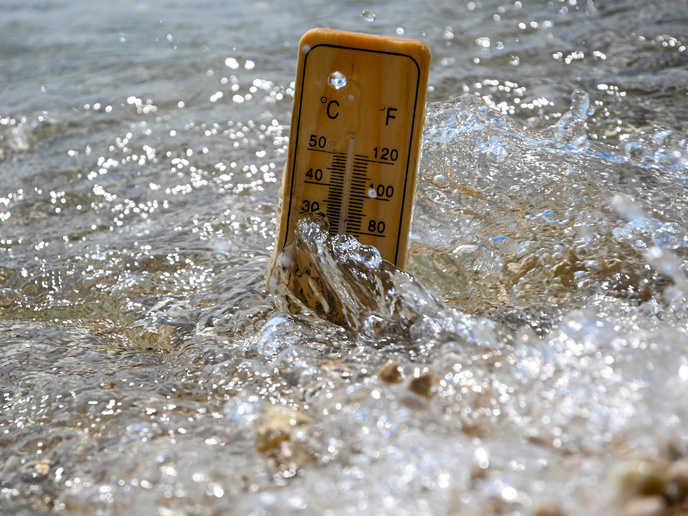Hydrogen diffusion in the Earth's interior
Subduction zones are geological regions in which two tectonic plates (pieces of the Earth's lithosphere) violently collide, causing one of them to sink into the Earth's mantle under the other. In general, movements of the oceanic lithosphere (crust and upper mantle from the oceans) facilitate incorporation of water into hydrous minerals. During subduction, some of these hydrous minerals are partially dehydrated, creating a fluid phase. Some of the water goes back up to the Earth's surface and part is transported to the deep mantle by nominally anhydrous minerals (NAMs). The EU-funded project 'Hydrogen incorporation in subducting lithosphere after dehydration reactions' (HISLA-DR) set out to explore the poorly understood mechanisms of water transfer to NAMs. Scientists first collected new data on hydrogen diffusion into NAMs, particularly olivine. Lab experiments exploiting well-constrained hydrous defect chemistry were followed by collection of rock samples from high-pressure metaperidotite (e.g. from the Eastern Alps). Analysis of hydrogen content in NAMs from the field samples constitute the most complete data set on water content in natural peridotites from subduction zones. Experimental evidence showed that diffusion of hydrogen in the olivine lattice could be either the fastest of any other species or orders of magnitude slower. Scientists have linked the rate to defects in which hydrogen is bound. The hydrogen associated with the most common defects in olivine in the upper mantle diffuses up to 1 000 times slower than previously assumed. Samples obtained from the Alps and data from laboratory experiments demonstrate preservation of water for long time periods and correlation of hydrogen content to temperature and pressure. Both of these support the observed slow hydrogen diffusion coefficients. Combined field and lab data enable for the first time a quantitative evaluation of maximum water capacity in NAMs in subduction zones, suggesting that the mantle wedge acts as a water reservoir. Subduction zones are the most geologically active regions on Earth, playing a critical role in seismic events and volcanic eruptions. HISLA-DR has provided profound insight into dynamic aqueous events in these regions, filling an important gap in knowledge and providing insight relevant to hazard prevention.
Keywords
Hydrogen diffusion, subduction zones, lithosphere, water, nominally anhydrous minerals







